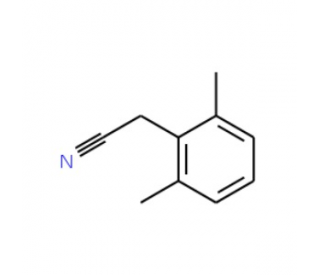詳細(xì)說(shuō)明
Species Reactivity
Human
Specificity
Detects human LAP (TGF-beta 1) in direct ELISAs. In direct ELISAs, this antibody does not cross-react with recombinant human (rh) TGF? beta 1, rhTGF? beta 2, rhTGF? beta 1.2, rhTGF? beta 3, or rhTGF? alpha.
Source
Monoclonal Mouse IgG 1 Clone # 27232
Purification
Protein A or G purified from hybridoma culture supernatant
Immunogen
S. frugiperda insect ovarian cell line Sf 21-derived recombinant human LAP (TGF-beta 1)
Leu30-Arg278 (Cys33Ser)
Accession # P01137Formulation
Supplied in a saline solution containing BSA and Sodium Azide.
Label
Alexa Fluor 700
Applications
Recommended
ConcentrationSample
Flow Cytometry
5 μL/10 6 cells
See below
Please Note: Optimal dilutions should be determined by each laboratory for each application. are available in the Technical Information section on our website.
Data Examples
Flow Cytometry | Detection of LAP (TGF-beta 1) in Human Platelets by Flow Cytometry. Human platelets were stained with Mouse Anti-Human LAP (TGF-beta 1) Alexa Fluor? 700?conjugated Monoclonal Antibody (Catalog # FAB2463N, filled histogram) or isotype control antibody (Catalog # , open histogram). Histograms were gated on CD41+ cells. View our protocol for . |
Preparation and Storage
Shipping
The product is shipped with polar packs. Upon receipt, store it immediately at the temperature recommended below.
Stability & Storage
Protect from light. Do not freeze.
12 months from date of receipt, 2 to 8 °C as supplied.
Background: LAP (TGF-beta 1)
TGF-beta 1 is one member of a six gene family that has been described in mammals, birds, fish and frog. The name TGF-beta is applied to a 24-28 kDa disulfide-linked dimer that is generated through the proteolytic processing of a larger precursor molecule. For TGF-beta 1, a 50-55 kDa, 391 amino acid (aa) proprecursor is first, covalently linked to a second proprecursor (creating a disulfide-linked homodimer), and second, internally cleaved to generate two covalently-linked homodimers that remain non-covalently associated. The smallest homodimer representing aa 279-390 of the proform is TGF-beta 1; the largest homodimer representing aa 30-278 of the proform is termed LAP (Latency-associated Peptide). The LAP homodimer wraps itself around the smaller TGF-beta 1 homodimer, thus blocking an interaction of mature TGF-beta with its receptors. Almost all cells secrete the inactive TGF-beta :LAP complex, and most do so with LAP covalently bound to a very large 120-160 kDa LTBP (Latent TGF-beta Binding Protein), platelets being a notable exception. LTBP associates with multiple matrix components and this serves to store TGF-beta extracellularly in a non-active form. When TGF-beta signaling is needed, the LTBP:matrix association is disrupted, and the TGF-beta :LAP complex is exposed to multiple LAP binding partners such as TSP-1 and various Integrins. Interactions with these factors cause LAP to unwrap and dissociate from TGF-beta, resulting in TGF-beta "activation" and receptor binding. Ther are three human TGF-beta 1 LAPs and TGF-beta 1 LAP shares 36% and 33% aa sequence indentity with TGF-beta 2 LAP and TGF-beta 3 LAP, respectively. Human to mouse, TGF-beta 1 LAP shares 86% aa sequence identity.
Long Name:
Latency-associated Peptide
Entrez Gene IDs:
7040 (Human)
Alternate Names:
LAP (TGFbeta 1); LAP (TGF-beta 1)











 粵公網(wǎng)安備44196802000105號(hào)
粵公網(wǎng)安備44196802000105號(hào)